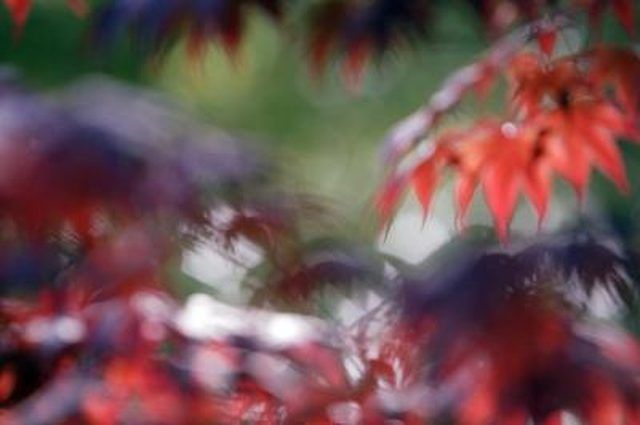Bulbs
Flower Basics
Flower Beds & Specialty Gardens
Flower Garden
Garden Furniture
Garden Gnomes
Garden Seeds
Garden Sheds
Garden Statues
Garden Tools & Supplies
Gardening Basics
Green & Organic
Groundcovers & Vines
Growing Annuals
Growing Basil
Growing Beans
Growing Berries
Growing Blueberries
Growing Cactus
Growing Corn
Growing Cotton
Growing Edibles
Growing Flowers
Growing Garlic
Growing Grapes
Growing Grass
Growing Herbs
Growing Jasmine
Growing Mint
Growing Mushrooms
Orchids
Growing Peanuts
Growing Perennials
Growing Plants
Growing Rosemary
Growing Roses
Growing Strawberries
Growing Sunflowers
Growing Thyme
Growing Tomatoes
Growing Tulips
Growing Vegetables
Herb Basics
Herb Garden
Indoor Growing
Landscaping Basics
Landscaping Patios
Landscaping Plants
Landscaping Shrubs
Landscaping Trees
Landscaping Walks & Pathways
Lawn Basics
Lawn Maintenance
Lawn Mowers
Lawn Ornaments
Lawn Planting
Lawn Tools
Outdoor Growing
Overall Landscape Planning
Pests, Weeds & Problems
Plant Basics
Rock Garden
Rose Garden
Shrubs
Soil
Specialty Gardens
Trees
Vegetable Garden
Yard Maintenance
Wilting Leaves on a Japanese Maple
Wilting Leaves on a Japanese Maple. Landscape Japanese maple trees -- Acer palmatum -- with wilting leaves should not be removed; they may be able to recover from an attack of two different types of fungi.

Landscape Japanese maple trees -- Acer palmatum -- with wilting leaves should not be removed; they may be able to recover from an attack of two different types of fungi.
Verticillium Wilt
Wilting leaves on a Japanese maple tree may be the result of verticillium wilt, a condition brought on by two forms of fungal disease, verticillium albo-atrum and V. dahliae. The fungi typically reside in the tree over the winter and begin assaulting the leaves of the Japanese maple in the spring.
Effects
The leaves of the Japanese maple will curl, wilt and redden or yellow amid the veins. "The plant symptoms that result when this disease attacks may be confused with premature fall defoliation and with other plant problems such as root rots as well as drought," reports the University of Illinois Extension Service.
Considerations
The verticillium fungus begins in the roots and slowly spreads upward. "Trees showing general and severe wilt cannot be saved and should be replaced with a non-susceptible species," advises the University of Minnesota Extension service. Fungicides will not cure infected trees and growers should avoid utilizing mulch from the diseased Japanese maple.